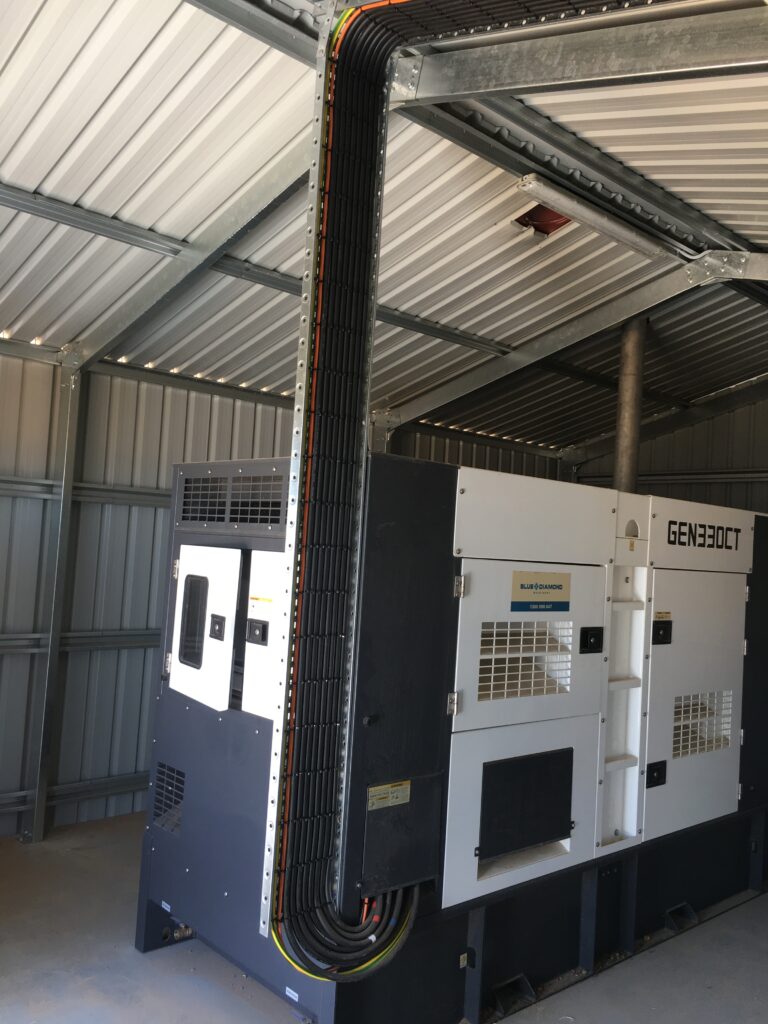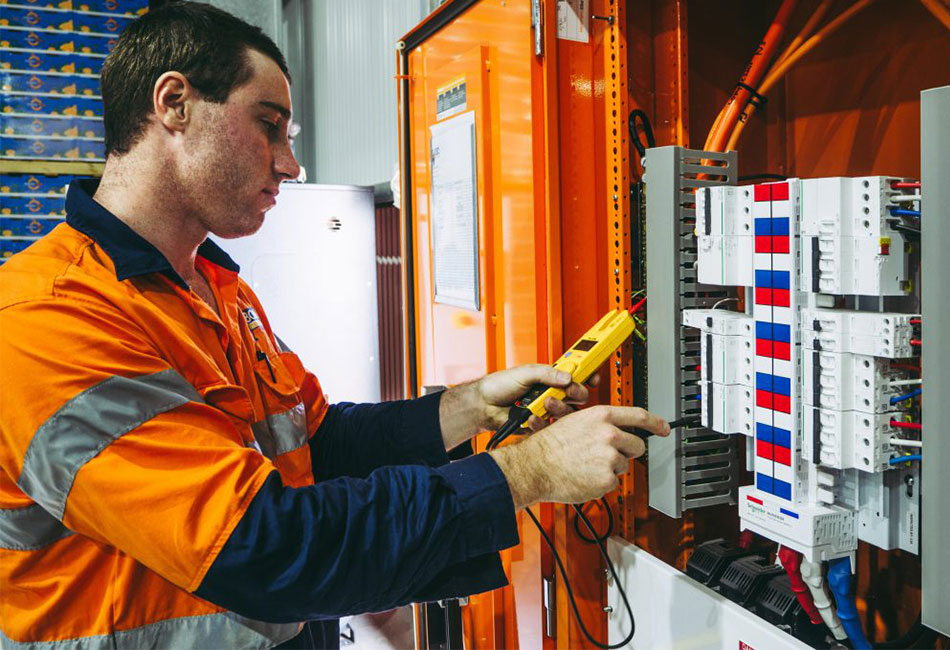Minimising the risk of power failure for your business
Being in the agribusiness sector can be risky. The weather is unpredictable and can affect production significantly, with little ability to take defensive action. Other risks like power failure, however, can be mitigated and prevented.
Like any other operation, primary food production businesses rely heavily on energy and electrical systems for their commercial outputs. However, reliable and cost-effective access to power is not always guaranteed. Recent fires and the resulting power outages in WA have highlighted this, with many growers suffering crop losses after being unable to access their properties to install or turn on backup generators to power irrigation systems.
Commercial standby backup power systems are a great solution to help minimise the risk of power failure to your operation, in case of a power outage or short-term problems with the grid. These systems are permanently installed at your business premises so that if the power goes out, your operations don’t have to stop. These systems can be set up to detect power outages and will kick into action if and when required without you being on site.
Benefits of standby backup power
1. No Interruptions
Standby power systems are designed to work so that they only activate if there is a need for it. If your business is hit by a power outage, a standby power system will kick in and make sure there are no interruptions to what you’re doing. This includes computers and phones, lighting, packing lines, irrigation, cool rooms and anything else that requires electricity to function.
2. More security
Installing a standby power system is no different than taking out insurance to cover other aspects of your business. Having a backup generator means that in case of a power outage, you’re covered, and you don’t run the risk of halting your operations – and everything that comes with that.
3. Potential Savings
Can you afford the risk of power failure to your operation? Think of how much of your production relies on power, and how much money you will lose if everything stops due to an unplanned power outage. Installing a standby backup power system will not only give you peace of mind but save you money when a power outage occurs.
4. Peak capacity shavings
Proactively manage your power costs by switching off from the network during peak demand times that incur higher KW costs.
System types
Diesel and gas generators are the most commonly used backup power systems for agricultural operations that rely on the electricity grid. Other options such as hydrogen are generally not yet commercially viable.
Diesel generators provide reliable power at a competitive price and range in sizes from 6KVA to 770KVA and beyond. These are suited to the larger loads found in agricultural applications and can provide either prime power or standby/back-up power.
Gas generators are well suited to applications where stable power is essential. They connect directly to a natural gas line, delivering a constant, cost-effective power connection as long as there is no interruption to the gas supply. They require little maintenance and are optimised for emergency standby power. They have significantly less emissions than petrol or diesel generators and are very economical to run, but the capital outlay on the unit is much higher than a diesel option, especially if the gas generator needs to be connected to a LPG storage tank.
Hydrogen generators are currently more expensive to purchase than diesel and gas generators. Supplies of hydrogen gas to power the units are also limited, as hydrogen supplier networks are not well established.
While hydrogen generators do not produce emissions, power is required to make their fuel (hydrogen). This should be considered if you are thinking about this option for its environmental credentials.
Other things to consider when setting up a standby power system include:
- existing electrical infrastructure and site layout – what equipment must be powered during an outage and what’s the best location for the backup generator
- maximum energy demand – what’s the maximum draw of the equipment that must receive power during an outage
- choice between automatic (autonomous) or manual transfer switching – do you want the system to start automatically when the power goes out or do you want to turn it on manually
- remote monitoring – do you want to see what the system is doing remotely (on a device – phone or computer)
- availability of ongoing service and emergency support

An example of a temporary diesel backup power generator installation that can be sited outside.
Regular testing and maintenance
Emergency repairs can be costly. They often require a technician to come after-hours, and most importantly they can cause interruptions to your production and business operation, or loss in investment.
The top causes of system failure are lack of preventative maintenance, unexpected part failure, operator error, and exposure to moisture.
The good news is that these problems can be easily identified and corrected with a comprehensive electrical maintenance program.
Generators are mechanical pieces of equipment. They are not ‘set and forget’. Monthly system checks are imperative to ensure the unit runs when you need it. This includes checking oil, water, and fuel, and running the generator up to ensure it is in good working order on a regular basis. If the unit has an automatic transfer switch fitted, checks on this should also be carried out to ensure that when power fails the switch automatically engages.
In addition to this, all generators require servicing by a qualified technician every 12 months or when service hours are met.
Off-grid and hybrid solutions
The capabilities of off-grid and hybrid power systems are continually expanding. There are a multitude of systems available such as solar, wind, batteries, diesel, gas, hydro and biomethane, and they are increasingly becoming more specialised, particularly in the commercial space where higher KW output is required.
Correctly designed hybrid systems (e.g. a renewable energy source with batteries connected to the grid) can also act as backup power solutions in case of a power outage or short-term problems with the grid. In turn, these systems use the grid as a backup to charge batteries if the alternative power source drops or fails. In cases where there are appliances with high startup energy draws (such as bore pumps) newer technology/ equipment may be needed to reduce the startup energy requirements and make the system economically viable.
These systems are worth considering if you would like to look beyond backup generator systems.

An example backup power generator installation that sits inside a dedicated shed space to keep it secure and protected from weather.




